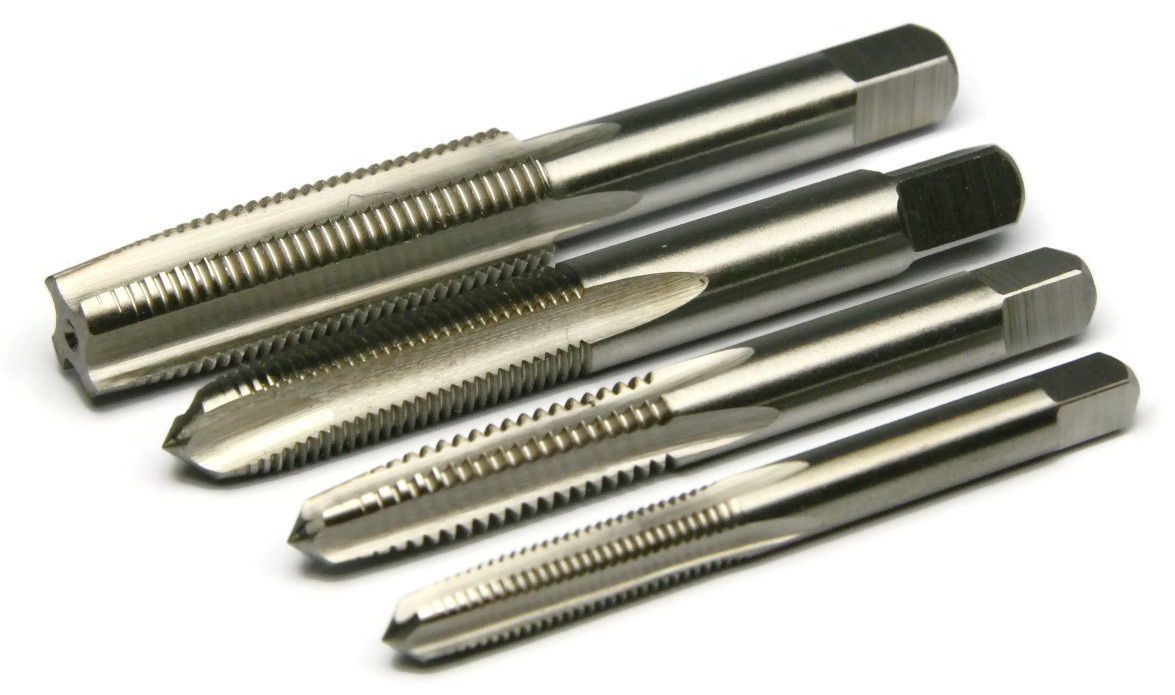Thread Taps Unraveled: Techniques and Applications
Thread taps, also known as taps or threading taps, are essential tools used in various industries for creating internal threads in materials such as metal, plastic, and wood. These precision tools play a crucial role in manufacturing, maintenance, and repair processes.
Thread taps are cutting tools with helical ridges, designed to cut the female portion of a threaded hole. They come in various types and sizes, each tailored to specific applications. Common thread taps types include hand taps, machine taps, spiral point taps, and Trapezoidal thread taps.
Thread Tap Types and Their Applications
· Hand Taps:
Hand taps are versatile tools typically used for manual threading operations. They are suitable for softer materials and small-scale projects. Hand taps come in sets of three – taper, intermediate, and bottoming tap.
· Machine Taps:
Machine taps, as the name suggests, are designed for use with power-driven machines like drill presses and CNC machines. They are built to withstand higher forces and repetitive operations, making them ideal for high-volume manufacturing processes.
· Spiral Point Taps:
Spiral point taps, also known as gun taps, have a pointed end to efficiently drive chips forward. They are well-suited for through-hole applications in materials like aluminum and brass. The spiral design reduces torque and facilitates faster threading.
· Spiral Flute Taps:
Spiral flute taps, on the other hand, have a spiral cutting edge that pulls the chips upward, making them suitable for blind-hole threading. They work exceptionally well with materials prone to chip nesting, such as stainless steel.
Thread Tapping Techniques
· Preparing the Workpiece:
Before thread tapping, it is essential to ensure that the workpiece is securely held in place. Proper clamping prevents vibrations and ensures accurate threading. The workpiece should also be free from any contaminants that might affect the threading process.
· Selecting the Correct Tap:
Choosing the right Trapezoidal thread tap is critical to the success of the operation. Consider factors like material type, hole depth, thread pitch, and required thread quality when selecting the tap.
· Lubrication:
Applying an appropriate cutting fluid or lubricant is crucial during the tapping process. Lubrication reduces friction and heat buildup, prolonging the tap’s life and improving thread quality.
Last Words
Thread taps are indispensable tools that have revolutionized various industries by enabling precise and efficient thread creation. Understanding the different types of taps and employing appropriate threading techniques is essential for achieving high-quality threads. Whether in the automotive, aerospace, or electronics sector, thread taps continue to be vital for modern manufacturing and repair processes.






